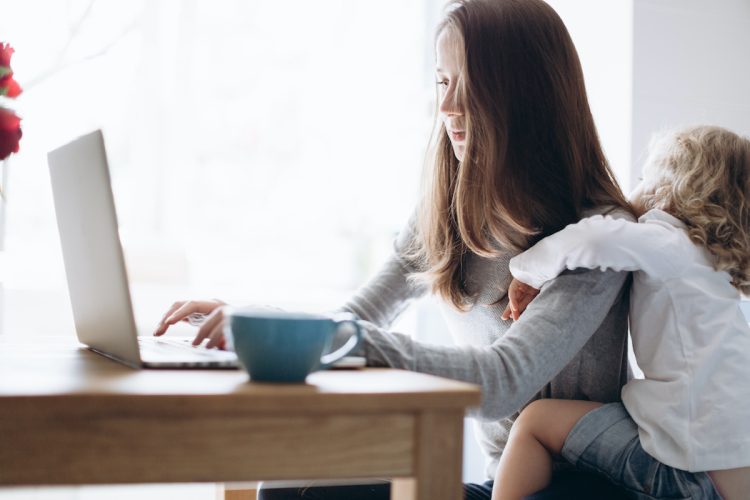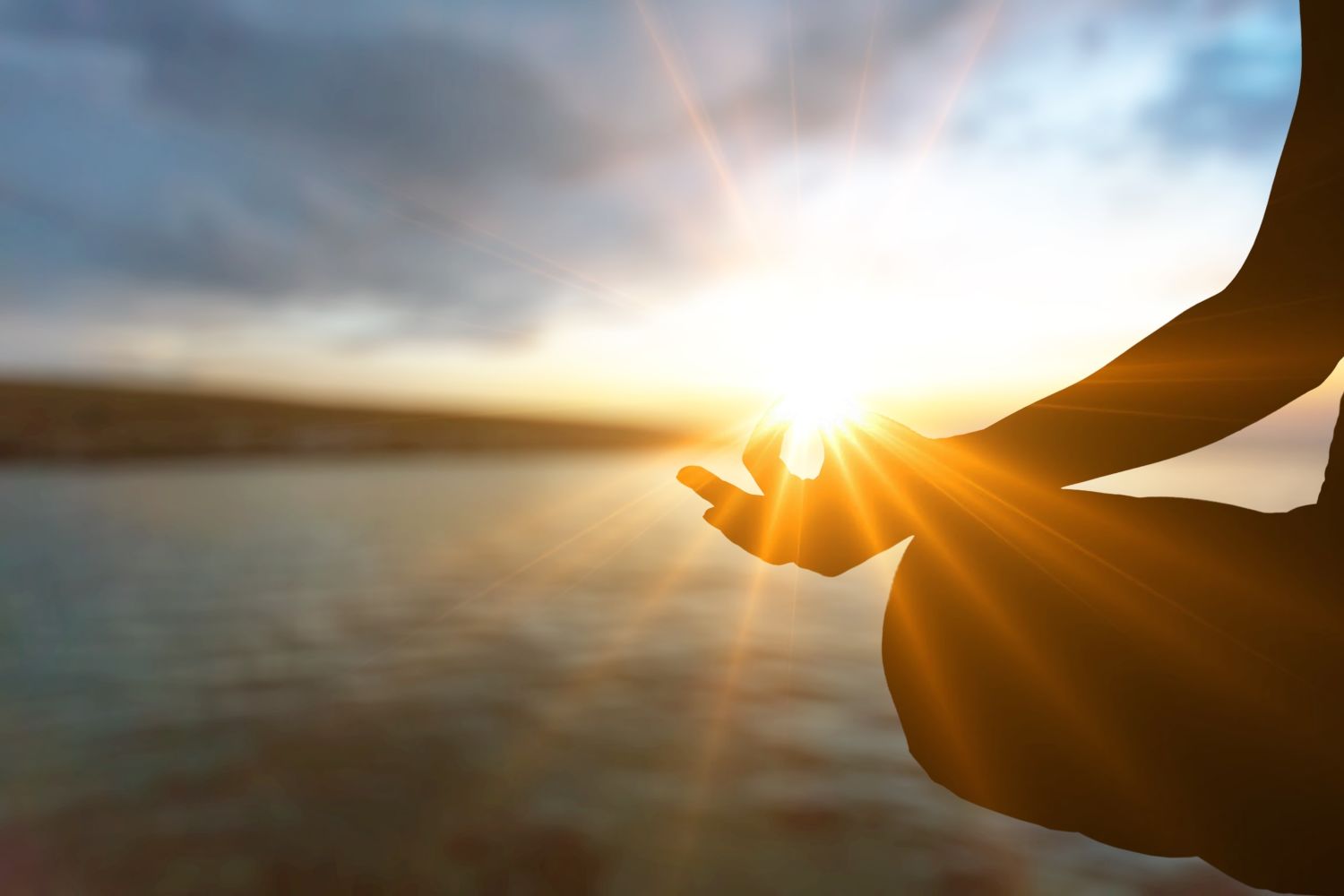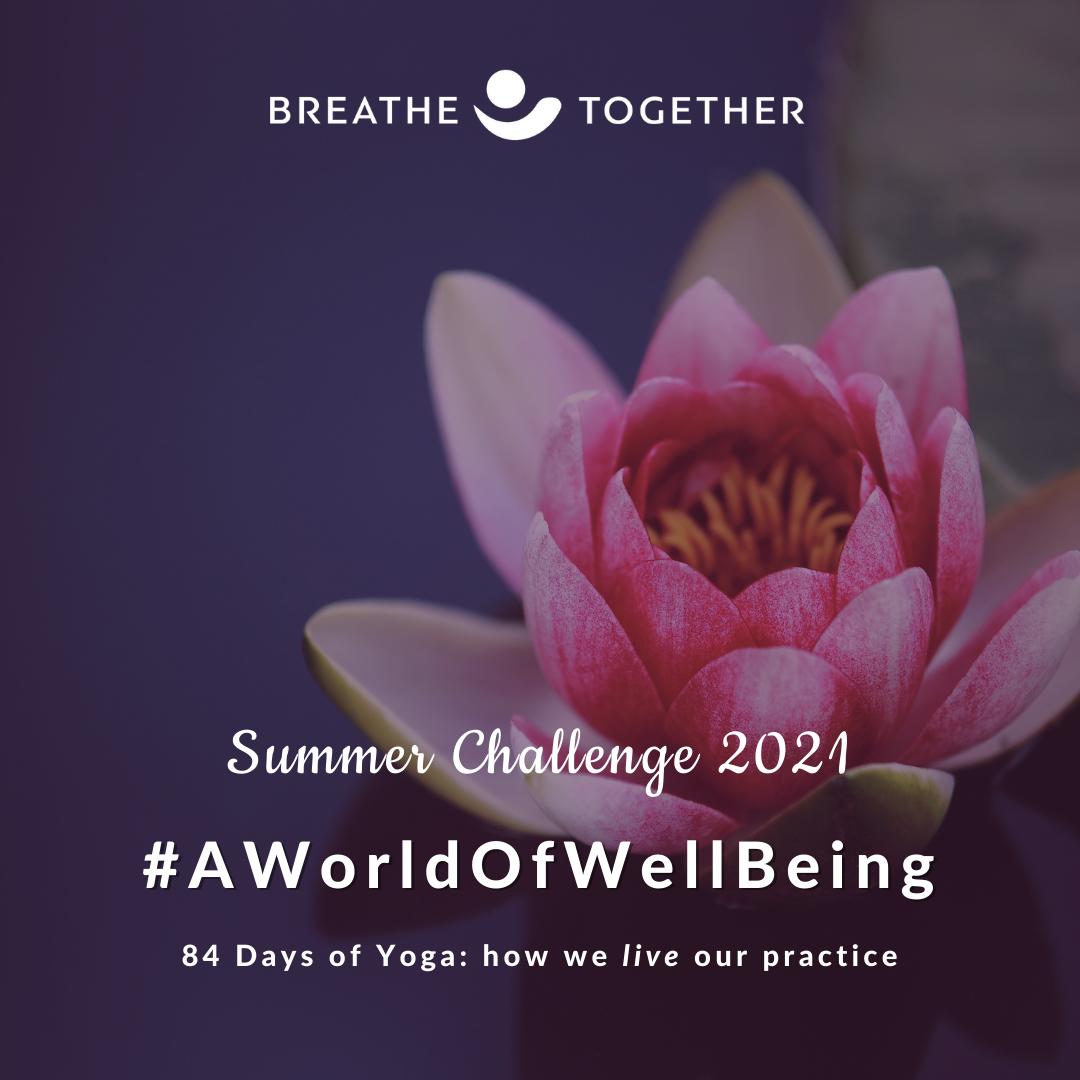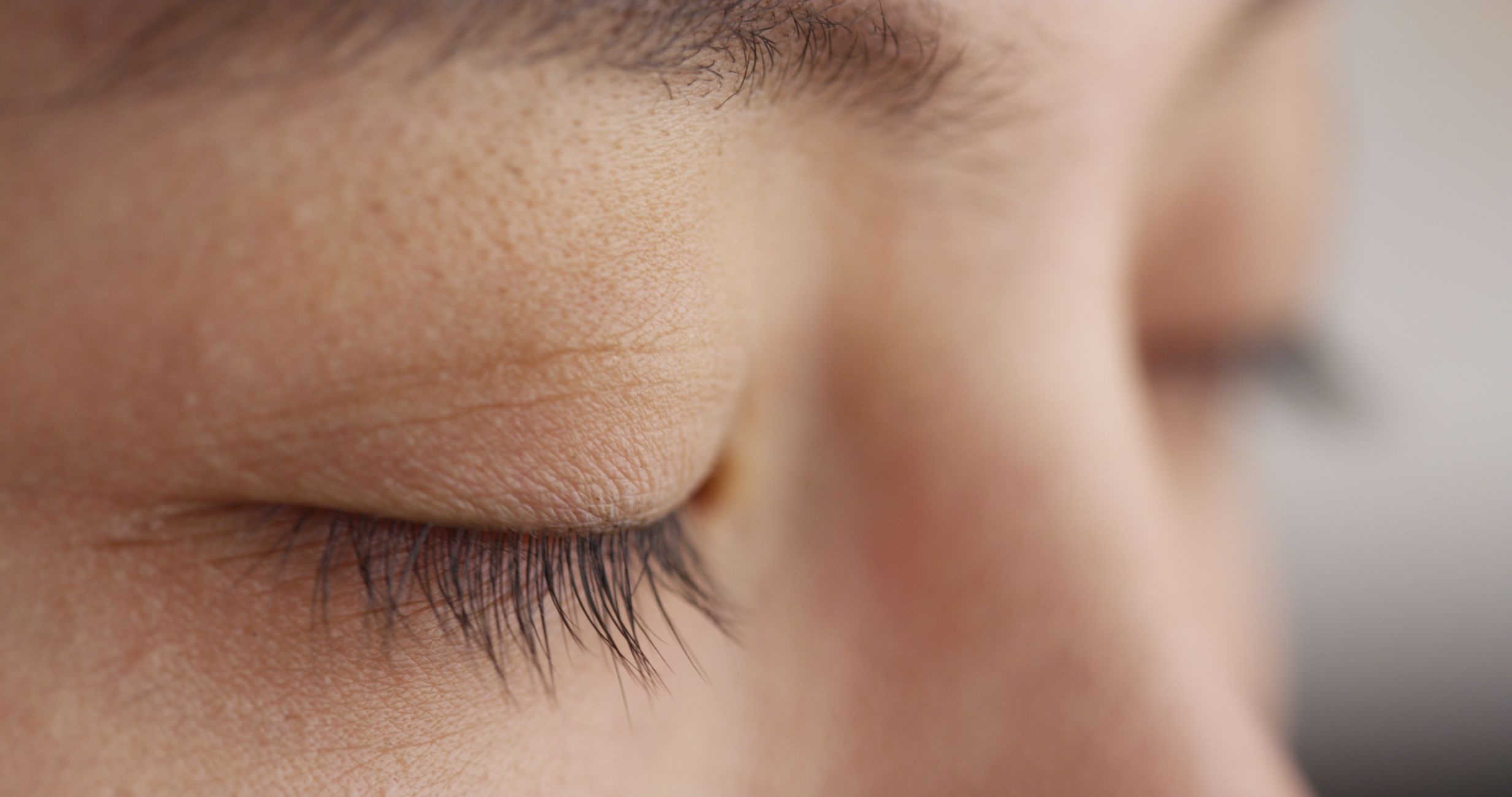I don’t know about you, but lately, I’ve been feeling both disconnected and a little too connected with current events. I find myself feeling disconnected, even from those around me, even though some of my family is right here. In every room of the house. Talking…a lot.
These days, we are not only being called to listen but we’re also being asked to listen in a number of different and unfamiliar ways. After 17 years as a therapist and counselor in a variety of settings, I know the value and power of true empathetic and active listening. But how does that translate in day-to-day life? How does it work when we’re depleted and have exhausted every listening muscle we can access?
One of the issues with learning to listen is that we encounter many roadblocks. Whether it’s a digital connection that is lost, a verbal miscommunication, a child who is quick to tears with frustration, or our fear of saying the wrong thing in a politically charged atmosphere, these challenges are added to the already long list of things that make true listening difficult. Cultivating a practice of true listening, or being fully present with another, is akin to developing a practice of mindfulness, being fully present with yourself. Indeed, Carl Rogers, founder of humanistic psychology, said that listening is not so much an act but a “way of being.”
This idea of simply “being” with another person while you listen goes against our very culture of multitasking and work efficiency. We are often tempted to check our email while in a meeting, wash the dishes while we listen to our partner, or think of what we’re going to say next while nodding along with someone speaking. Shifting our relationship to listening can lead to big shifts in how others respond to us and can deepen our presence in our own lives.
Learning to listen, particularly in challenging environments, depends largely on a regular self-check. On a physiological level, it is hard to be present for other people when your own needs are not met. Are you hungry? Tired? Feeling restless? Irritable? Sometimes the best thing we can do to improve listening is to stop and use the bathroom first.
Next, cultivate presence. This can depend greatly on the type of communication you’ll be doing. If you’re listening within a virtual environment, such as a Zoom meeting or a FaceTime call, many of the cues that we normally use to show others we’re listening are stripped away. They can’t see our body’s nonverbal language, they can’t always see our hand gestures. When I’m in a video session with clients, I find myself doing a lot more narration of my actions: “I’m just going to reach out of the screen for my water,” or “I agree with what you just said.” Making sure our words substitute for our nonverbal actions whenever needed can go a long way to bridging this digital divide.
When we’re in person with someone, it can feel extra challenging to tap into the listening presence when we are feeling frustrated or tired. It can help to schedule a time when you and your family/friends/loved ones can set aside distractions and spend a few moments hearing each other. The old standbys of eye contact, open body posture (rather than crossing your arms or turning away from someone), and active listening (nodding, “mm-hmm” ing, showing the other you’re listening) play a big role here, but so does communicating your limits. A simple “My brain feels fuzzy, can you simplify that?” or “Let me finish this task before I answer you” can help to set up boundaries that let people know your listening capacity may soon be reached.
We can’t all be perfect listeners all the time. This isn’t about being perfect. This is about being more aware of our role in conversations and cultivating a practice of being present – shifting our way of being can help improve our connection with those around us. And ultimately, the awareness that we build in relationships with others can help to cultivate awareness within and about ourselves.














